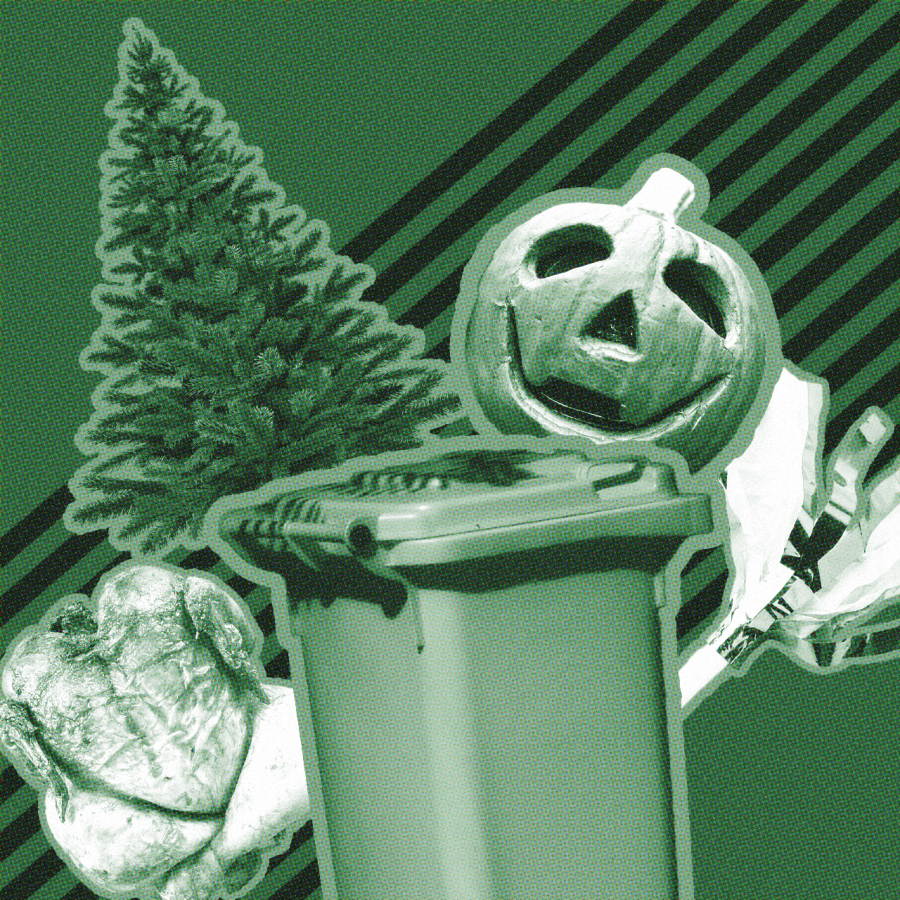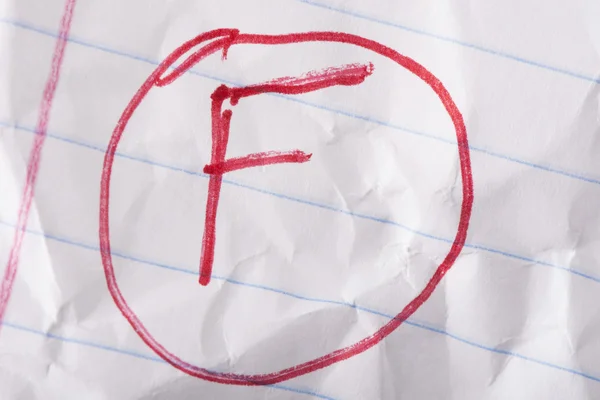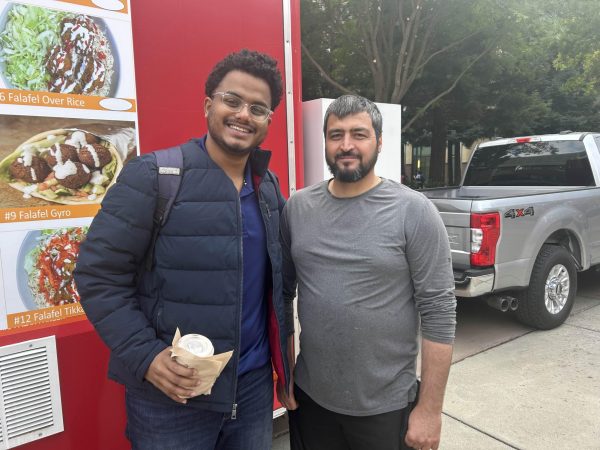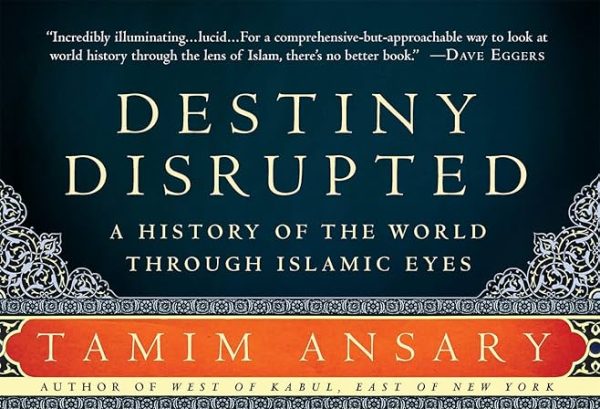Holidays: fodder for drunk stories or environmental hazards?
The beginning of October signaled the symbolic start of fall. It brought about the need to start pulling out cozy sweaters, queue up comfort movies to snuggle to and begin decorating everything with ochre-toned synthetic pumpkins.
Corporations indulge these tendencies. Starbucks preemptively released their fall 2022 pumpkin spice menu on Aug. 30, Spirit Halloween opened at the beginning of September and golden-lit trees with pumpkin presents can be seen through the sliding glass doors at Hobby Lobby.
Don’t get me wrong, I love fall, it is my second favorite season after all. However, when I decorate my room with spooky decorations, travel to see family for Thanksgiving and buy mint-flavored coffee in December, I often feel ashamed for buying into holiday consumerism. The process as a whole can negatively affect our culture and environment.
Halloween
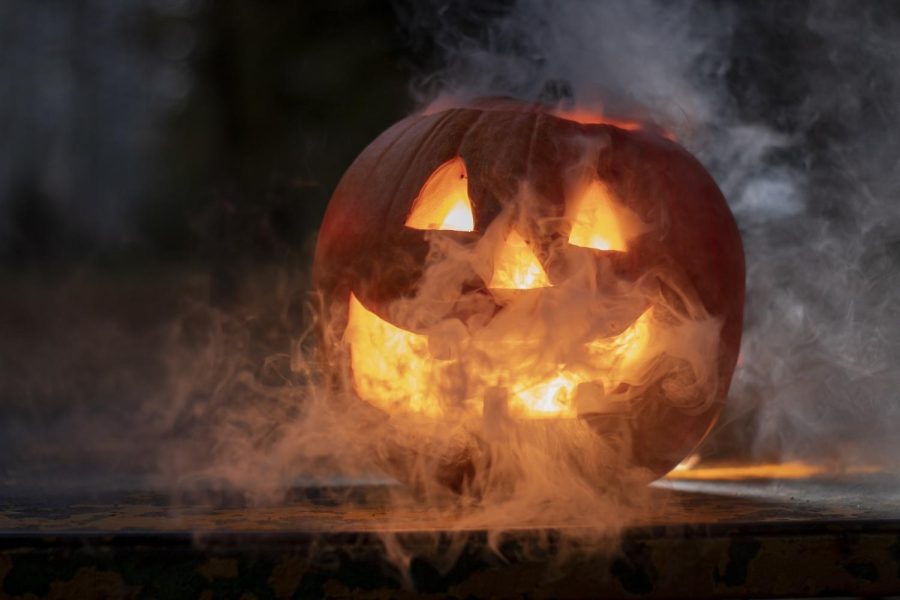
According to the National Retail Federation Halloween 2022 survey data, it is expected that Halloween participation will return to pre-pandemic levels. This implies that we’ll be seeing a lot more people in expensive, mass-produced costumes, such as standard vampire and Little Red Riding Hood costumes you can find in stores during spooky season, running around the streets hopped-up on Kit Kat bars or eyeball Jello shots than in recent years.
Did you know that this year California’s three most popular types of candy are Reese’s Cups, M&M’s and Skittles? If you’re a fan of those candy types, I would suggest spending an obscene amount of money buying them ahead of time, you never know, there might be a shortage of them. Consumers plan to spend an average of $100 on Halloween candy this year. This could possibly lead to an increase in food waste when children throw away candy after they decide they don’t like nougat anymore.
Jack-o-lanterns also contribute to food waste. According to the U.S. Department of Agriculture, in 2020, farmers in the top six pumpkin-producing states harvested more than 1 billion pounds of pumpkins altogether. Carved or not, those pumpkins will end up in U.S. landfills. You can order custom-carved, reusable pumpkins at stores like Michaels that you can use every year. I suggest that Chico State students and any other Chico residents guard your pumpkins with your lives, as you might end up fending off some non-costumed bandits.
Candy also poses a threat to costumes, as chocolate can be very hard to remove from clothing. Brand new costumes seem to be bought and then stored, thrown away or donated to thrift stores. People are expected to spend about $3.6 billion on costumes. For children, Spiderman is expected to be the most popular costume, and I’m sure Tom Holland will be thrilled. For dogs, pumpkins are expected to be big, and witches for adults.
Costumes that end up being thrown away will also end up in U.S. landfills. A 2021 article says that 85% of textile waste goes into landfills. This is partially to avoid redundancy, but also to cut down on textile waste. One way to find your costumes would be to shop at your local thrift stores. If possible, try to build your costumes from everyday clothing, so that they don’t end up in storage, never to be used again.
Thanksgiving

Food waste seems to be a very big theme across fall and winter holidays. A PR Newswire article said, in their 2022 Food Waste Forecast, that ReFED reported that over 3 million pounds of food will go to waste from U.S. Thanksgiving dinners alone.
Meat is a heavily consumed food group during Thanksgiving, whether roasted or deep-fried, turkeys, ducks and bacon-wrapped turducken adorn the picturesque holiday dinner. This means that there will need to be an increase in supply to satisfy the demand. The production of meat and dairy products is a big contributor to greenhouse gas emissions. I suggest tofurkey, with all of the proper seasonings, as a fowl replacement.
Thanksgiving is a holiday that is gravely overlooked, with origins regarding colonizer’s inhumane treatment of indigenous peoples and their cultures. Over time, the holiday has gathered religious connotations, and other aspects, such as turkey hand-art.
Another aspect of Thanksgiving is the gathering of family. The holiday season is a great time to gather as a clan, and it gives you the chance to practice your head-nodding abilities. This means that traveling will be involved, whether milling about by plane, train or automobile, all of which increase greenhouse gas emissions. Investing in an electric car could be a very financially impractical way to avoid this.
Christmas

One of the earliest Christmas memories I have is of looking at a table full of beautifully wrapped presents with my sister. I recall skillfully pretending I wasn’t trying to read who’s name was on which present. As beautiful a scene that wrapping paper can create, it does provide a paper waste problem.
In a 2020 All Things Supply Chain article, they state that in the U.S. 5 million tons of waste is generated during Christmas, 4 million of which is from wrapping paper and shopping bags. One way to avoid this is to either buy environmentally-friendly wrapping paper, which is sometimes made out of recycled materials, and make sure that it is properly recycled.
Online shopping can also contribute to waste. The boxes and other packing materials we get our latest toys in, unless recycled, go into landfills too. Please make sure to properly recycle, especially during the holiday season. You may not be able to remember the holiday after a few rum-spiked eggnogs, but the environment will.
New Years
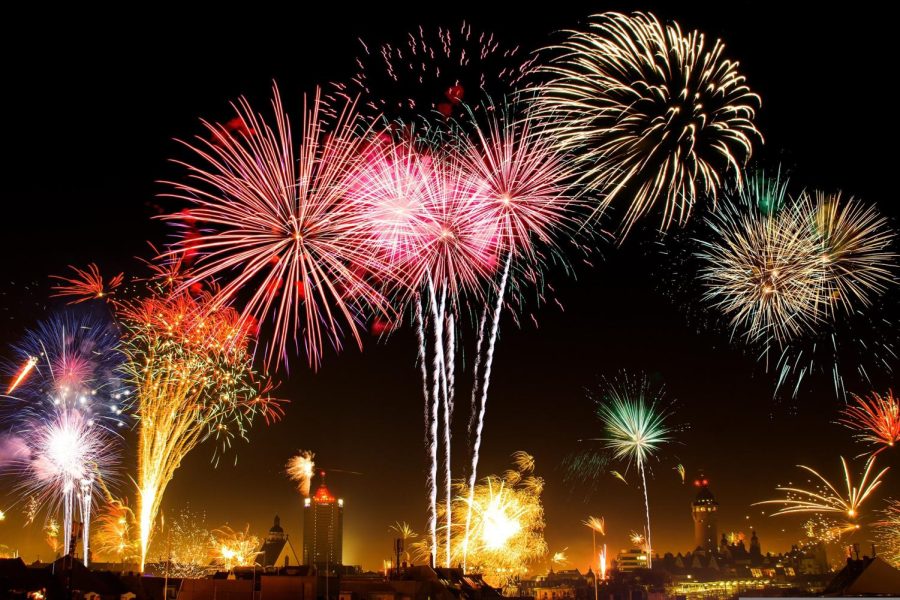
I would assume that trash truck engineers get a lot of overtime during the holiday season. Those glorified party hats and oversized green glasses that we use as photo props, and multi-colored, shiny confetti we throw as we make New Year’s resolutions. All of which will eventually end up either in landfills or not disposed of at all, left to add some unnecessary sparkle to our green and waterways.
Fireworks and other explosive materials also provide a pollution problem. They can release a number of harmful chemicals into the atmosphere that may then rain down and contaminate water sources. So as fun as it could be to have that New Year’s Eve drunken story about blowing your thumb off and then getting it reattached, these chemicals can negatively impact our waterways and ecosystems.
Fall and winter holidays can present the opportunity to connect with family members and friends, and create long-lasting memories, but as our society continues to progress and evolve, we need to start celebrating in more environmentally-conscious ways.
Ariana Powell can be found at [email protected].



